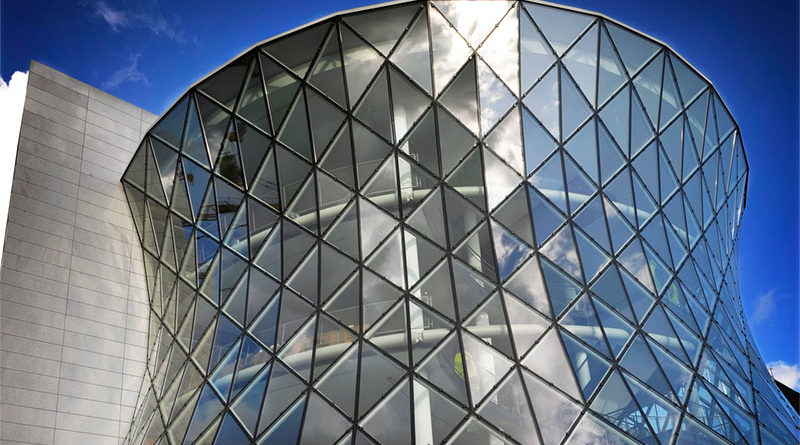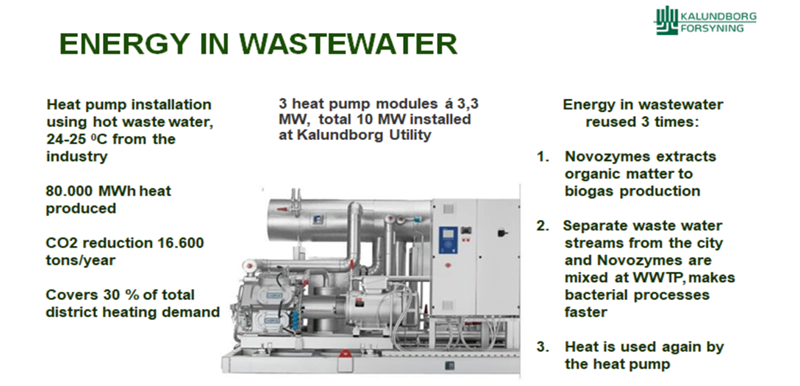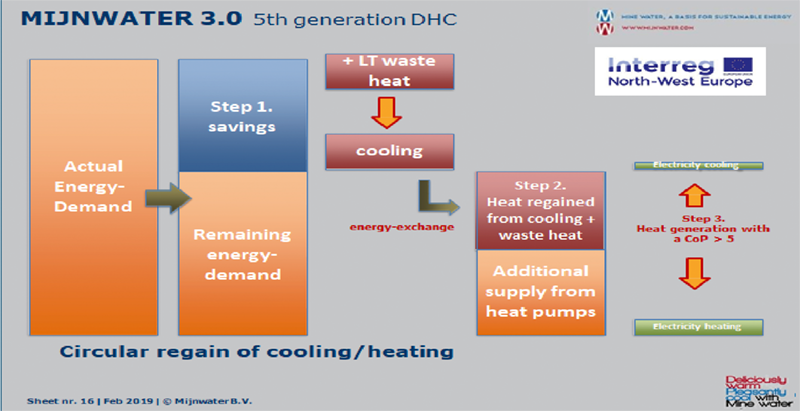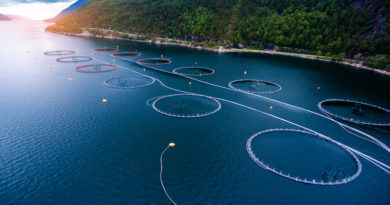
Leveraging on the key role of cities in the EU strategy on energy system integration
The Commission strategy on energy system integration can be a game-changer in putting the EU on track to reach climate neutrality by 2050. In order for this to happen, it should leverage on the key role of cities as its central conductor in a holistic European integration approach.
In this approach, the traditional relationships between electricity, heat and gas networks on the supply side, and their links with key sectors on the demand side (e.g. buildings, industry, transport) would be overhauled, thanks to the development of local district heating and cooling (DHC) grids. This low carbon energy network could provide energy storage and balancing services and serve as an integration platform. It would maximise the potential for renewable energy (both thermal and electricity), energy efficiency, use and recovery of waste heat and other waste resources – thereby contributing to the circular economy – and cost-effectiveness. It would also address the flexibility and balance issues of the current energy system, and help deliver a just transition that involves local communities and leaves no one behind.
The case for local renewable DHC networks
Cities have proven experience in implementing energy system integration, through their collective, often citizen-owned DHC infrastructure. Therefore, they have a key role to deliver an EU strategy for energy system integration anchored in this approach.
The cities in the Covenant of Mayors community that have made the most progress in their long-term transition towards climate neutrality, tend to be those in which efficient, decarbonised local DHC networks are widely developed and integrated into the wider energy system.
In Denmark for example, this approach to energy system integration has been a success. Thanks to local DHC networks, they could match the electricity surpluses from wind with the country’s heating and cooling needs. These networks have also effectively linked up with electricity systems, by cogenerating clean electricity and heat, and through power-to-heat production in large-scale heat pumps. The Danish Covenant city of Kalundborg went even further in the integration, by linking up its DHC network with its water and waste water sectors, to reuse energy in wastewater three times (as shown in the picture below).
As DHC suppliers, cities can also respond to price fluctuations in the electricity market and help balance the grid by producing or consuming more electricity. They can also use thermal energy storage, which is generally less expensive than electricity storage, to provide further flexibility in an integrated energy system. Considering that energy consumption patterns for electricity and heat are also different, having cities’ DHC networks work in concert with electricity and gas grids, allows for a better optimization than a full electrification approach.
Cities can also leverage on the use and recovery of waste heat and other waste resources for energy system integration, as they are best placed to evaluate the cost optimum and trade-offs between energy efficiency and energy production, based on their local resources and contexts.
They are already widely using waste heat recovery, as it is mainly carbon-free, increases the efficiency of the entire system and it is cost-effective. Moreover, it integrates different renewable and residual energy sources in one system, with sources such as solar thermal, geothermal or excess heat from sewage water. Local authorities can enhance synergies between different energy carriers and technologies, thereby increasing energy efficiency and enabling the deployment of renewables, while ensuring the system’s balance and stability. In order to foster this potential even more, the costs of running this integrated system should be calculated in an aggregated way and not separately for each of its components.

Energy system integration for a just transition
Finally, cities have shown that implementing energy system integration with local resources can breathe new life into coal regions’ just transition paths. The Mijnwater project in the Covenant city Heerlen, located in a former coal-mining region in the Netherlands, is a success story in this regard. After the closure of its coalmines between 1965 and 1974, the old mining tunnels filled with groundwater, which was heated by the earth naturally. The mines became a water reservoir, unused for many years, until the city stepped in, with support from the EU and the governmental agency Agentschap NL, to drill five wells and build an underground water piping system.
In 2008, the first mine water geothermal plant in the world, Gen Coel in Heerlerheide, became operational, and the first connections to the Mijnwater grid were established. Currently, the Mijnwater Company provides renewable energy to offices, schools, gyms and supermarkets in Heerlen.
The system combines a low-temperature DHC grid, with seasonal geothermal heat storage, and the use of reversible heat pumps providing cooling and heating to buildings. The heat pumps are highly efficient and are currently supplied by green electricity procured from the wholesale market (but they plan to produce it locally in the future). Storage is guaranteed by water tanks along the DHC networks. Heerlen’s project also involves some consumers as producers, as the network recovers heat from some connected buildings, such as industries, datacenters and supermarkets. Heerlen’s Mijnwater project could be replicated in other European coal regions, by using thermal pits or geothermal drillings as seasonal storage options.

The European Covenant of Mayors’ community, with its 10.000 signatories, can provide many additional examples and success stories. Visit the European Covenant of Mayors’ website to know more https://www.eumayors.eu/support/library.html




